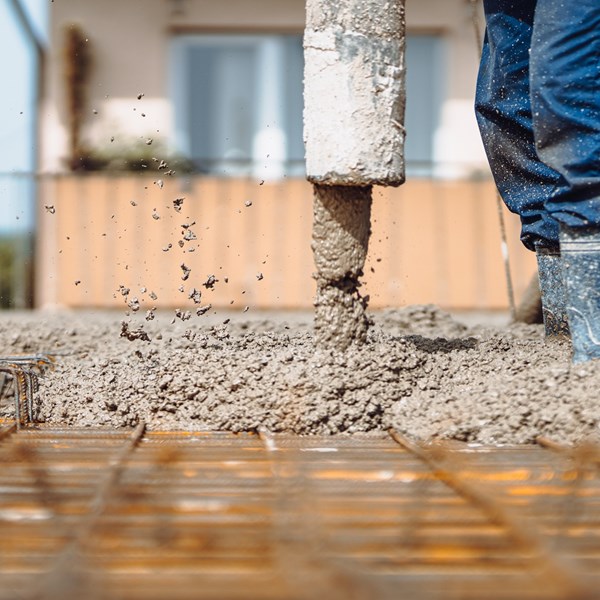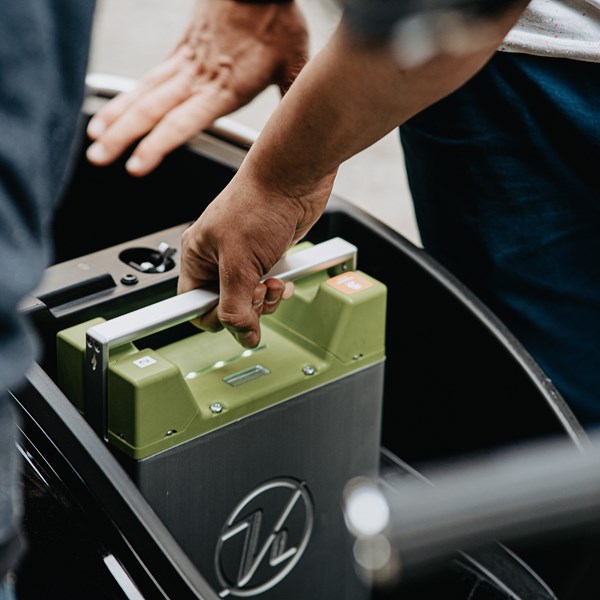Businesses operating in Asian markets often overlook a key form of intellectual property protection – utility models. Here, we explain how to secure maximum value from these advantageous rights that are currently under-utilised by non-Asian organisations.
WHAT ARE UTILITY MODELS?
A utility model is an IP right that provides protection for inventions by providing its owner with an exclusive right to prevent others from exploiting the protected invention without their consent.
The requirements for obtaining utility model protection are often less stringent than those for patents. For example, while most Asian countries require ‘absolute’ novelty, inventiveness is either not assessed or the threshold is far lower than for patents. Accordingly, utility models allow for the protection of minor improvements to existing products and thereby play an important role in an innovation system.
As a result of these less stringent requirements, utility models are often simpler, quicker and cheaper to obtain than patents. It is not unreasonable to expect a utility model to be registered within a matter of months, if not sooner. Once registered, a utility model may be immediately enforced against unauthorised third parties.
WHAT MAY BE PROTECTED?
The type of protection that is available for a utility model varies from country to country. Generally, utility models are available for products, uses of products and processes for making products.
Utility models are particularly useful for protecting incremental innovations, which may not necessarily meet the requirements for patent protection.
WHERE AND FOR HOW LONG?
Utility models are available in many Asian countries, as detailed in the table below. However, notably, utility models are not available in India and Singapore.
The term of protection for a utility model varies on a country-by-country basis, but is usually up to 10 years. Extensions to the term of protection are available in some countries.
| Country | Term of protection | Grace period | Examination | Requirements | Protection | Conversion possible? |
| Cambodia | 7 years | 1 year | Substantive, only novelty assessed | Absolute novelty, no inventive step requirement | Products and processes | Yes |
| China | 10 years | 6 months | Substantive, only novelty assessed | Absolute novelty required, lower threshold for inventiveness | Products and uses | Yes, from a PCT application to a utility model only |
| Hong Kong | 4 years* | 6 months | Formal | Absolute novelty and full inventive step required | Products, processes, uses and methods (including business methods) | No |
| Japan | 10 years | 1 year | Formal | Absolute novelty required, lower threshold for inventiveness | Products | Yes |
| Malaysia | 10 years* | 1 year | Substantive, only novelty assessed | Absolute novelty, no inventive step requirement | Products and processes | Yes |
| Philippines | 7 years | 1 year | Formal | Absolute novelty, no inventive step requirement | Products, processes, uses and methods | Yes |
| South Korea | 10 years | 1 year | Substantive, novelty and inventiveness assessed | Absolute novelty and required, lower threshold for inventiveness | Products | Yes |
| Taiwan | 10 years | 1 year | Formal | Absolute novelty and full inventive step required | Products | Yes |
| Thailand | 6 years* | 1 year | Formal | Relative novelty, no inventive step requirement | Products, processes and uses | Yes |
| Vietnam | 10 years | None | Substantive, only novelty assessed | Absolute novelty, no inventive step requirement | Products, processes and uses | Yes |
*extensions available
HOW ARE THEY OBTAINED?
A utility model may be obtained by filing an application at a national patent office. As with a patent application, an application for a utility model must contain a description, claims and, where applicable, drawings. The utility model application may claim priority from an earlier utility model or patent application.
It is also possible to file a utility model application from an international patent (PCT) application in certain territories.
Several countries also allow a patent application to be converted into a utility model application, and vice versa. One notable exception is China that only permits the conversion of a PCT application into a utility model application or an invention patent application. It is not possible to convert a pending Chinese invention patent application into a Chinese utility model application and vice versa. It is also not possible to have both a granted Chinese invention patent and a granted Chinese utility model for the same invention.
However, it is possible to file both a Chinese utility model application and a Chinese invention patent application for the same invention. This strategy might be useful if there is a serious risk of infringement before the invention patent application is likely to be granted. The utility model should be granted within a few months of filing, and could be enforced immediately to prevent infringement. Once the invention patent application has been granted, the utility model can be allowed to lapse. Employing this strategy enables one to enforce their IP rights quickly by virtue of the utility model and at the same time continue to seek longer term protection via the invention patent application.
WHY USE UTILITY MODELS?
Primarily, utility models offer fast and inexpensive protection for technical inventions.
Utility models should be considered for incremental inventions (such as minor improvements and adaptations of existing products) or for innovations that do not reach the level of inventiveness required for patent protection.
Utility models are also very suitable for inventions with a short life cycle.
Further, utility models can be used as a cheap defensive IP right to deter competitors from copying.







